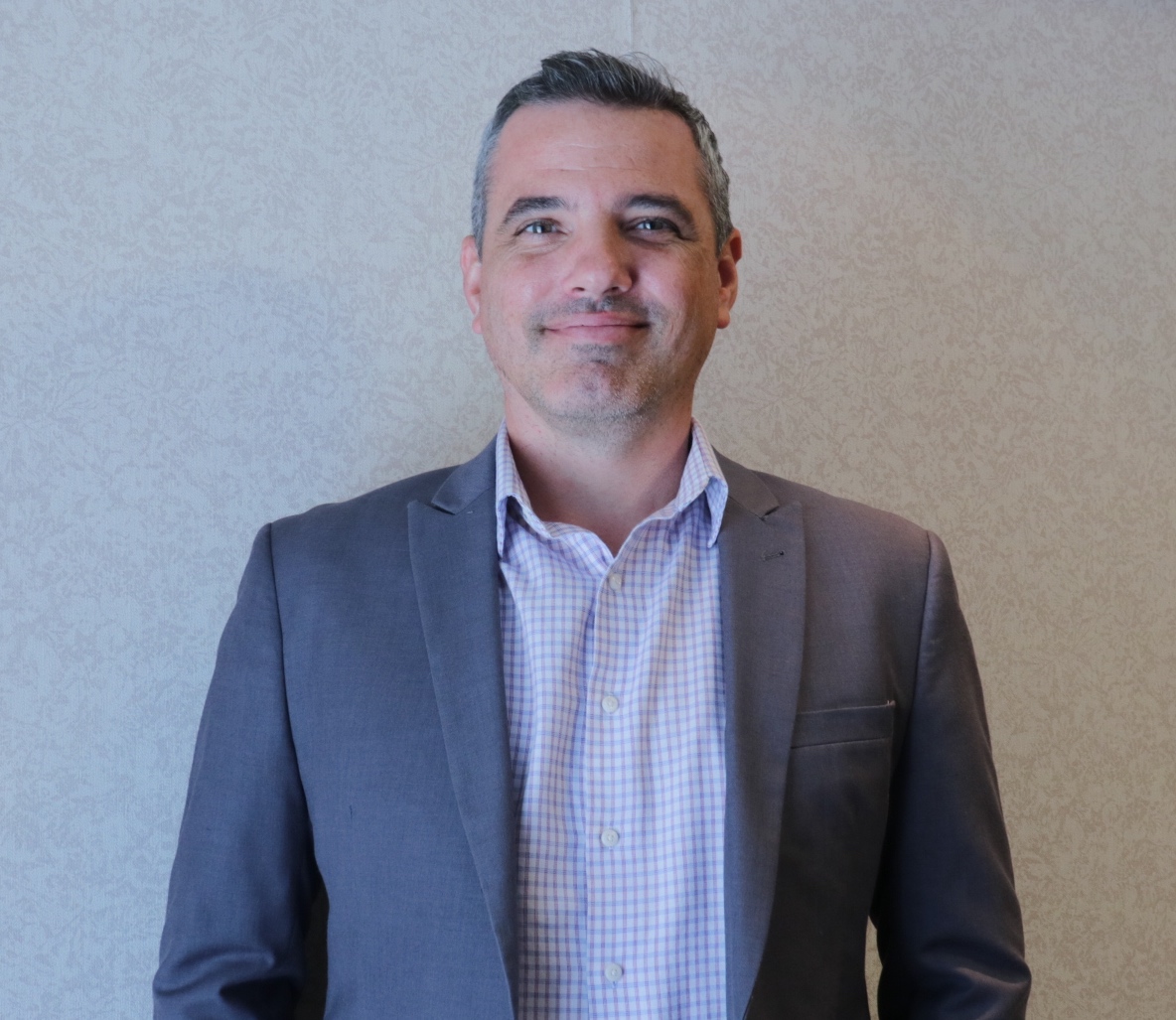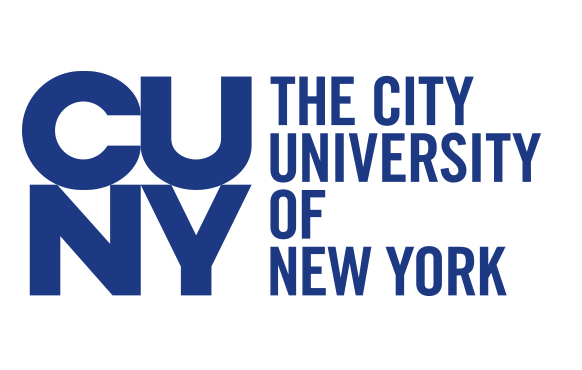New York, NY — The Independent Drivers Guild/IAMAW is a driver-led and driver-powered advocacy group fighting for the rights of drivers across the country. Its primary mission is to unite drivers in the fight for the right to collectively bargain, which is the only way to stop driver exploitation by giving drivers the power to negotiate equitable work conditions for themselves. They are Uber and Lyft workers united for a fair industry.
Founded in 2016, they are the leading driver organization in the nation. They represent 80,000 for-hire drivers in New York City and advocate for over 250,000 drivers across NY, NJ, CT, MA, IL and FL. They have accomplished more for drivers than any other organization through direct actions and advocacy.
Brendan Sexton is the President of the Guild, and he was able to share with LaborPress his deep knowledge about Labor, his members, recent events in the industry during the nationwide fight for workers’ rights, and much more.
LP: You got involved with a Union, UFCW 1500, while in college. What particular problems/abuses regarding workers did you witness that motivated you to get involved?
BS: I worked the night shift in a supermarket. And I would often see the neglect and/or incompetence of managers on my shift. Forcing workers to work past shifts, having workers do other union work, forcing workers to perform tasks without proper safety equipment, managers doing union work that would cut down hours for me and my co-workers, and a heavy oppressive management style. I was represented by a great Union, Local 1500, and I saw the power of collective action through it. To witness firsthand the changes and with that the respect and dignity that came with it was all thanks to the power of the Union that came through Local 1500.
LP: Did you grow up in a union family, or know people in unions at an early age, that influenced you?
BS: Yes, my father was a CWA member, Local 1106. He would always talk to us about the privileges and power of Union membership. He would take me to meetings and rallies and really, the energy and comradery that these folks showed was amazing in my young eyes. Here were people that climbed telephone poles for a living, and later in life learned they were taking on Ma Bell, and winning a middle-class life.
LP: Did organizing come naturally to you? What skills do you think you had that helped you in that regard, and did that type of work give you particular satisfaction?
BS: Oh yeah, it came naturally. I love to talk and I love to talk about taking down the bosses. Before I was an organizer I was a shop steward and would organize my siblings, sisters and brothers around our contract negotiations. To be able to be a part of a diverse group of folks from different walks of life coming together for a common purpose was ecstatic. I was very focused on the worker and as much as I like to talk, listening is the key. Understanding and helping folks make their personal connection to an organizing drive and see how they would empower themselves for a fight that was just and right. At the same time, Local 1500 provided me with the tools, the training and most importantly, the support and encouragement to organize. Which was so key to not burning out as an organizer, but to persevere and be successful.
LP: How did you motivate workers to get on board even if they were fearful or had misgivings about joining a union?
BS: Meeting workers where they are. Listening to workers and being a pillar of support. Every conversation I have with workers starts the same way: “I cannot stand up for you, but I can stand up with you.” With the right tools and approach, fear can be overcome. With misgivings and mis-understandings or even a distrust of unions, those were the conversations I loved. Building trust and open communication is and always will be the key. As an organizer, it is your job to show a worker that because they do not yet have a voice in the workplace things suck. But by building that voice, whether that’s through small actions and victories or being there for them when they need the support, workers find the motivation themselves. Every chance I got, I would always talk to the anti-union workers, because once we win the campaign, they are going to be a member and if I could flip that switch, that same worker will end up being one of your strongest members.
LP: When was the first time and where, that you experienced union-busting tactics such as those that are widespread today, and how were they combated?
BS: On the shop floor during contract negotiations. As an organizer, my very first campaign. We know what the bosses are going to say, before they know what they are going to say. We know what actions the bosses are going to take. Inoculation is the best weapon of an organizer. Exhibiting the power of collective action. We all know how effective anti-union campaigns are. Getting out in front and building a group of activists that go back in the shop and inoculate their co-workers helps create that groundswell. The best antidote to the bosses’ campaigns, are an educated and organized group of workers.
LP: How did you expand the IDG into new states?
BS: Well, the overwhelming success of IDG in NY first set the stage. From winning the first ever minimum wage for drivers, to winning benefits for drivers, expanding our professional development and starting a Mental Health program for them, and of course organizing massive rallies and protests that had not been seen before from this workforce, showed to others that we can win. Other group of drivers, both informal and formal began to reach out. They wanted to know how they could do this, how they can make driving a profession they can be proud of. As we talked and organized with all these drivers, we decided to launch chapters. And it has been wildly successfully, from major protests in Florida, to changing the way legislators in Chicago see drivers, organizing the largest rally in Massachusetts for the Right to Bargain – workers are eager to come together and fight for a better way.
LP: The New York Attorney General’s announcement regarding new laws on back pay and fair labor practices for Lyft and Uber drivers was an enormous victory. What do you think were the driving factors that led to this momentous change for the workers?
BS: The work that the AG’s office did was incredible. You are right, just an enormous victory for drivers around New York. And it shows to the world that we can do this, we can make driving a middle-class job. The next evolutionary step is for collective bargaining rights. States can empower workers in this industry to organize Unions to negotiate their working conditions and have a seat at the table. The goal was always for drivers to form Unions and we are closer than ever before.
LP: Did the massive protest, where Uber and Lyft Guild members shut down the Brooklyn Bridge and the FDR drive, contribute to the changes? How many were at the protest? What were the companies’ unjust/illegal policies and actions that motivated those that were there?
BS: Absolutely [it contributed to the changes]. The day after the protest, the Daily News Op-Ed published a piece, demanding that if we ever did that again, we should all be arrested and thrown in jail. I’ve never been prouder. We had thousands and thousands of drivers come out to protest unjust lock outs. The companies tried to get around the NYC minimum wage laws by locking out drivers, forcing shift work and restricting drivers’ access to the apps. Never before has an action of Uber and Lyft drivers been that large. We were no longer the unseen anonymous person driving people to their destinations, we demanded that we be seen as people, as mothers, fathers, brothers, sisters, neighbors – we are a part of this city, we move this city and we will be heard.
LP: What about the minimum wage?
BS: Before 2018, no Uber and Lyft drivers in the United States had the protection of a minimum wage. In fact, New York City rideshare drivers’ wages were so low that 40 percent qualified for Medicaid and nearly 1 in 5 qualified for food stamps. That’s why IDG petitioned and fought for a minimum wage for drivers in NYC. We went up against the government, the bosses and the medallion owners. People thought we were crazy. But we won the first ever minimum wage for Uber and Lyft drivers. Just recently we were able to increase that minimum for drivers and we fought so hard, we even got taxi drivers a raise as well!
LP: Passengers who ride with Uber and Lyft are generally impatient, and drivers have to constantly compete to make money. How do drivers personally manage in such a fast-moving and pressure-filled field?
BS: There has never been a more true statement. Drivers are under immense pressure from the bosses and the passengers. And the pressures from the passengers come in every different way. Driving is also a very isolating job and drivers do not often get to connect with other drivers. Being able to connect drivers in meetings and rallies has had a stabilizing effect for drivers. They get to connect with folks they may have never met before, and be able to have conversations about the stresses, others would not understand. Our Mental Health program goes out into communities of drivers and helps bridge the gap as well. We have de-escalation seminars, where drivers come in and work with each other and our counselors on best practices.
LP: Are there new pressing issues the Union is addressing?
BS: There will always be new and old issues. Without a Union, they will keep happening. Without workers negotiating their working conditions, the bosses will always keep their foot on the backs of drivers. The only solution is the Right to Bargain. Organizing at a sectorial level will elevate so many issues and drivers will know, they can be in the middle-class, they can thrive in their lives. But that only comes when they can form their Union.
LP: Finally, is there a particular affinity you have for this field?
BS: Drivers are the best. They are tough. It is not easy to be a driver. They are so passionate about their career and making it better. Being able to sit in a room with drivers, talking to them one on one, is probably the best part. I probably do not have the words to justly describe it, but being with drivers in the ups and downs is always a great place to be. And, they know every good spot to eat in every corner of the city!




